China has successfully launched an experimental reusable spacecraft into orbit from the Jiuquan Satellite Launch Center in the country's northwest, according to Xinhua. The spacecraft was launched on a Long March 2F rocket and will operate in orbit for a while before returning to Earth.
This is the third mission of the Shenlong spacecraft, with the previous two being in September 2020 and August 2022. Just four days after its launch, amateur spacecraft and satellite observers around the world discovered that the Chinese spacecraft released six mysterious objects into space. After several days of monitoring, they recorded that these objects were emitting signals, according to recent information from Space.com .

Simulation image of China's Shenlong spacecraft
SPACE.COM SCREENSHOT
The six mysterious objects have been named A, B, C, D, E and F. According to satellite tracker and amateur astronomer Scott Tilley, object A appears to be emitting signals reminiscent of similar signals from objects dropped by Chinese spacecraft on two previous missions.
Mr Tilley said the signal was emitted with “a limited amount of data”. “There is speculation that the signal emitted by Object A may have come from an object in the vicinity, but this is speculation not based on any evidence that I am aware of,” Mr Tilley added.
Meanwhile, objects D and E appeared to be emitting signals without any data. Tilley noted that unlike missions 1 and 2, this time the signals were “very intermittent and short-lived.” “It took days of repeated observations with the dish to produce this data,” the observer said.
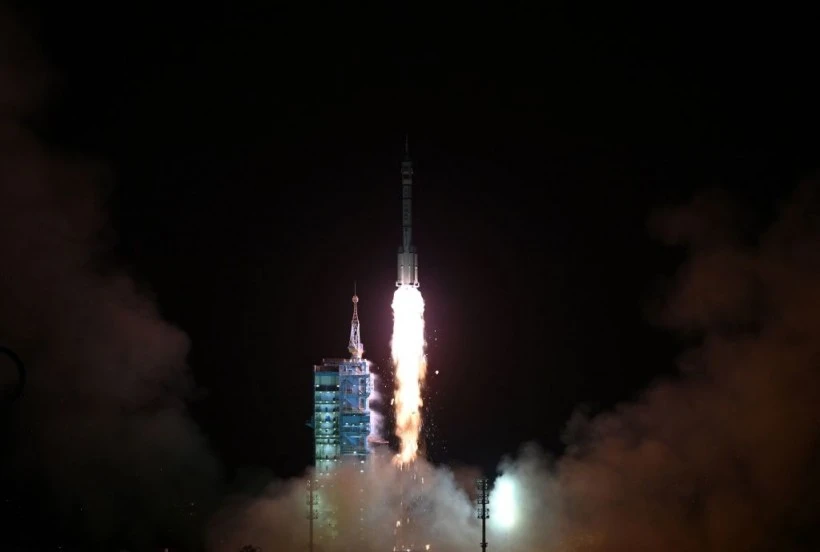
The Long March 2F rocket during a launch in November 2022.
Mr. Tilley and other satellite trackers have analyzed the signals and believe they are coming from objects or from sources close to them.
This conclusion is based on observations of the objects along their expected paths in the sky, on the fact that no other known objects were within range of the observers when the data was collected, and that the signals had a unique characteristic that had only been seen by previous Chinese missions using the 2,280 MHz frequency.
Mr. Tilley summarized that the Chinese spacecraft is operating with different radio behavior compared to the previous two times. According to him, the observations of signals emitted by objects D and E are new but may have been missed in previous missions because they were transmitted intermittently.
Chinese spacecraft have behaved similarly in the past. During two previous missions, Shenlong was also spotted releasing small, unidentified objects into orbit. There has been speculation that these objects could be service modules, experimental payloads into orbit, or even small satellites used to monitor the spacecraft, according to SpaceNews .
China did not specify the mission of the spacecraft. The Xinhua report said that during the orbital mission, the spacecraft will carry out verification of reusable technologies and scientific experiments in space, aiming to provide technical support for the peaceful use of space.
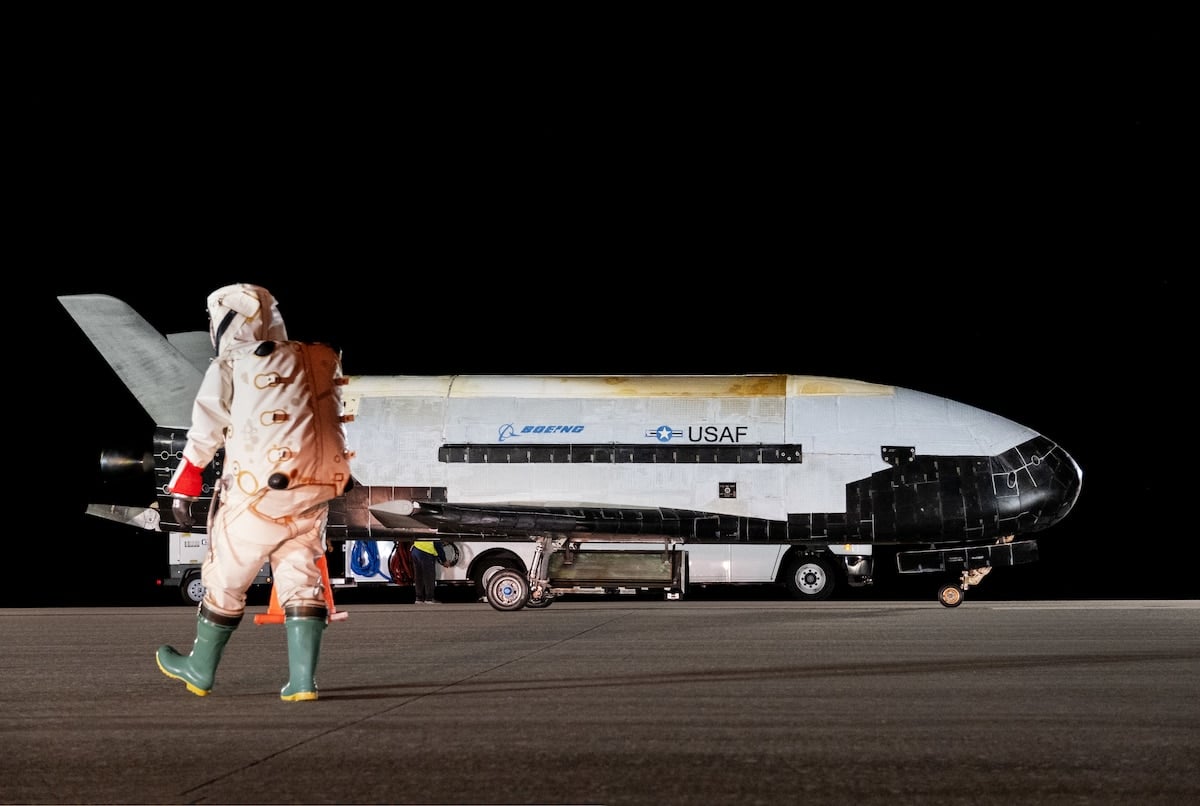
X37B Ship
US SPACE FORCE
After completing its mission, the Shenlong spacecraft will return and land like an airplane. The US also operates a similar reusable spacecraft called the X-37B, built by Boeing. Little is known about the X-37B’s exact operations or capabilities. The spacecraft was supposed to launch on December 17, but was delayed due to bad weather. The US Space Force has rescheduled the launch for December 28.
The timing of the launches is believed to be no coincidence. “These are two of the most tracked objects in orbit,” General Chance Saltzman, chief of staff of the US Space Force, said at a conference this month. “It’s probably no coincidence that they (China) are trying to compete with us on the timing and sequencing of this.”
Source link




![[Photo] Capital's youth enthusiastically practice firefighting and water rescue skills](https://vstatic.vietnam.vn/vietnam/resource/IMAGE/2025/4/3/3f8481675271488abc7b9422a9357ada)


![[Photo] Ho Chi Minh City speeds up sidewalk repair work before April 30 holiday](https://vstatic.vietnam.vn/vietnam/resource/IMAGE/2025/4/3/17f78833a36f4ba5a9bae215703da710)


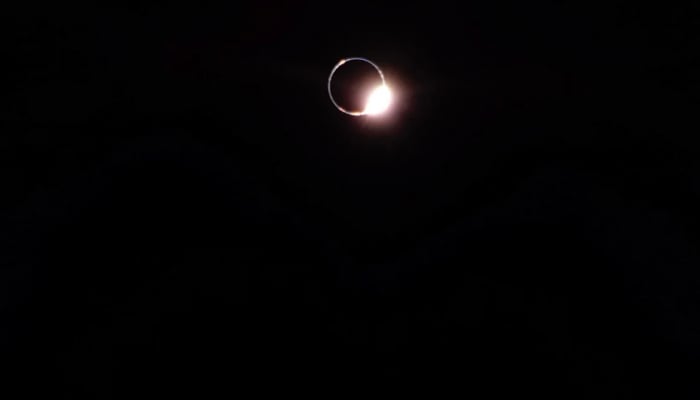

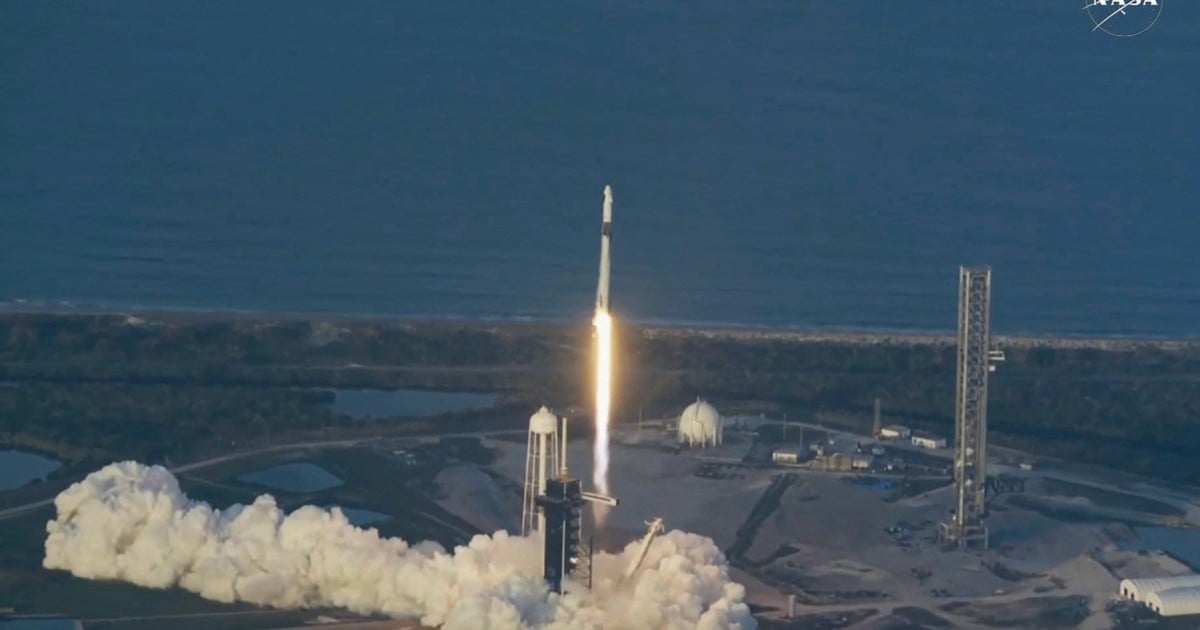
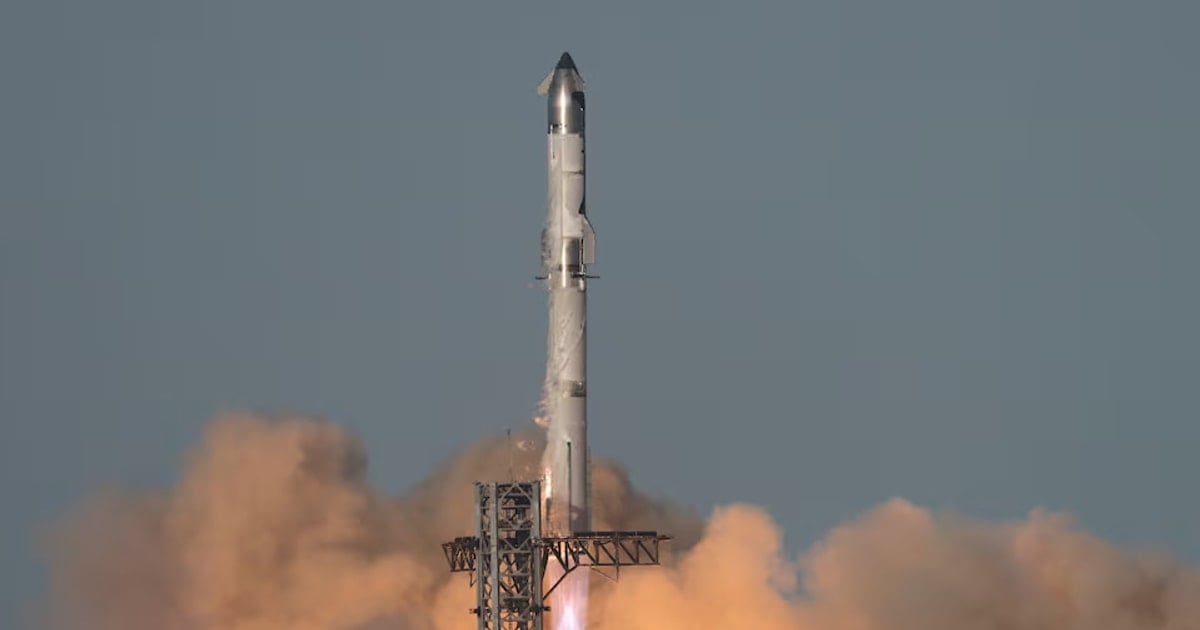
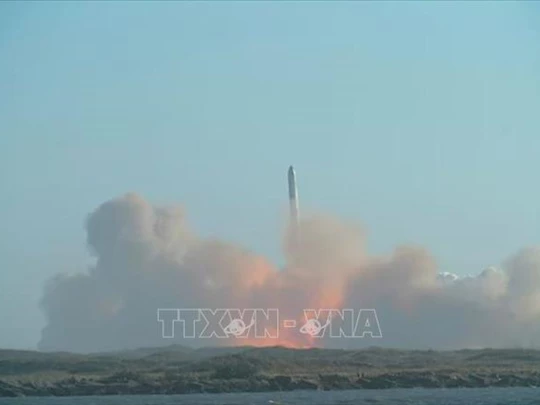

















































































Comment (0)